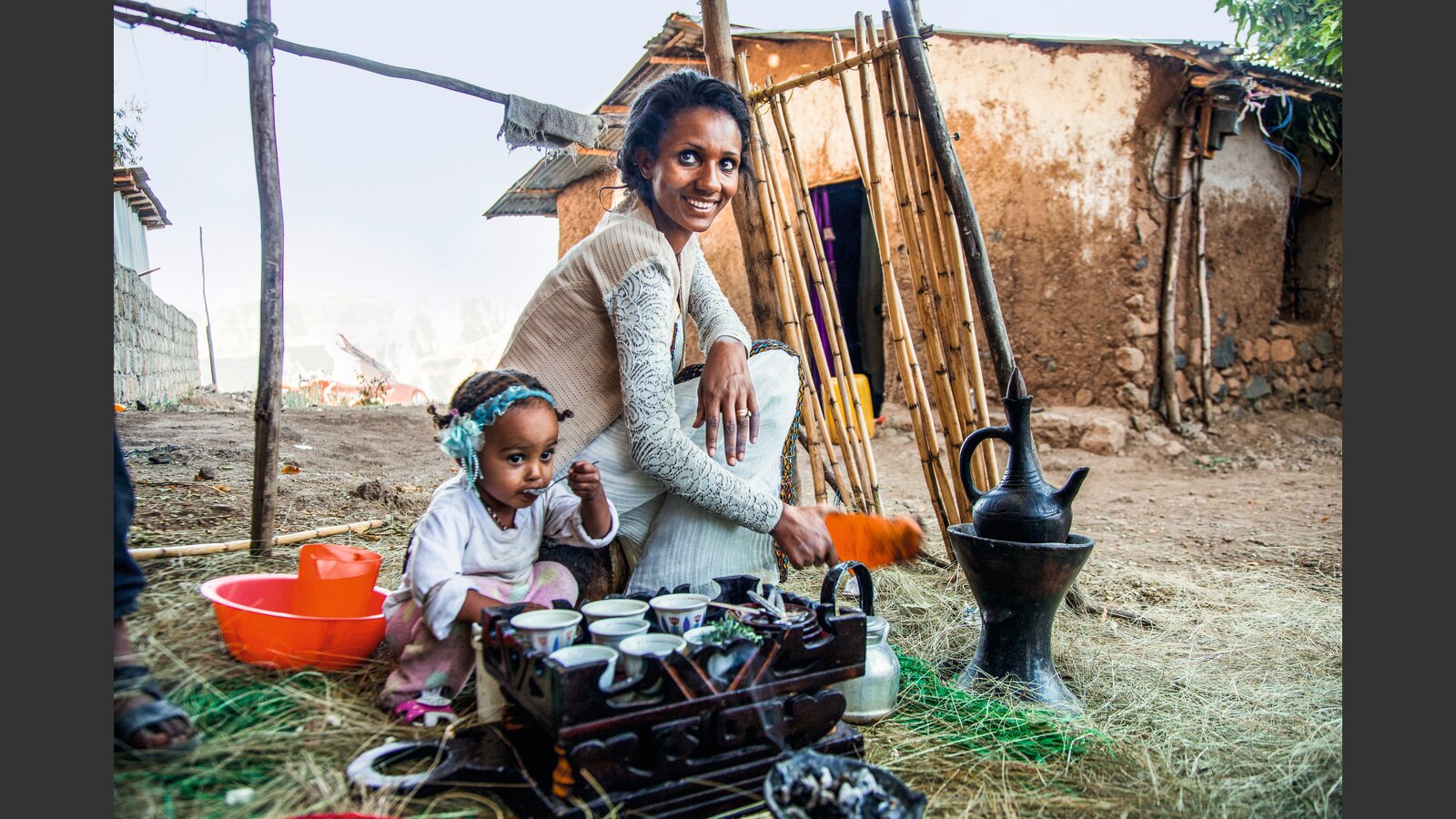
The desire to write about how internal communication (IC) has changed among NGOs in Geneva occurred to me last year when most of us were experiencing a significant adjustment to our working life: that is, increasingly working from home.
For organisations, this was not just a technical and logistical challenge. It was also a time to reflect on the best practices to stay in touch and engage with employees.
In times of instability and change, consistent and relevant communication makes an important contribution to staff well-being.
I spoke to the International Committee of the Red Cross, the branch office of the Friedrich-Ebert-Foundation, and ProSpecieRara about how they have handled internal communication during this pandemic, and their different approaches and practices.
What is “Internal Communication”?
Internal communication (IC) is the process and tool for effective communications among employees within an organization. IC always comes as a response to a need, or a succession of needs, such as aligning employees with the current strategy, informing them about their responsibilities, or fostering a sense of community.
The scope of the function varies depending on the organization. IC can include producing and delivering messages and campaigns on behalf of management, facilitating dialogue, and developing the communication skills of an organization's participants. Some organisations are too small to have a dedicated “Internal Communication” team, and the role is generally carried out by management or the human resource department.
It is proven that effective internal communication enhances motivation, productivity, and fidelity, and decreases absenteeism and workplace accidents.
International Committee of the Red Cross (ICRC)
The ICRC is the oldest, most widely recognized, Geneva-based humanitarian organization.
It has had a lot of experience in communicating regularly and efficiently with its some 20,000 employees working in more than 80 countries. They have a dedicated IC team, currently consisting of eight staff members (five permanent positions, two temporary ones, and one entry-level position of associate). Depending on the situation this number can occasionally vary. Their main channels for staff communication include the intranet, emails, and newsletters.
Around four years ago, they started doing townhall meetings to directly engage with staff worldwide. Around four of these video conferences are scheduled per year. All employees are invited to join to have direct dialogue with the senior management. Topics covered include objectives, budget, or new HR policies. These valuable meetings have become a “reality check” and are increasing in frequency.
Last year, additional ad hoc meetings were held in response to the challenges that the pandemic posed to the organisation. During this period, the IC team played an important role in connecting and accompanying staff working remotely. They admitted that they had to enter into crisis mode and show a great deal of flexibility, adaptability, and reactivity. The challenge was to obtain and channel the right information, avoid misinformation, and “capture what is essential”.
It continues to be important to provide continuous communication and tools for dialogue. A specific section on the intranet, therefore, has been created and developed, with FAQs on Covid and information on diverse topics such as vaccines and information to support the physical and mental well-being of staff.
The leadership has understood that the need to listen is as important as timely and relevant top-down communication.
To measure employee satisfaction, a survey is organised once a year where feedback is given on the quality of internal communication. Ad hoc polls via the intranet allow a quick check on needs and concerns as well as getting confirmation if the internal information given is relevant and helpful.
Analytics and gathering statistics via the intranet also allows the communication team to observe what content works well and which does not, and readjust accordingly.
Friedrich-Ebert-Foundation (FES)
The FES is a German political party foundation. Their activities consist of advocating democracy, political education, and promoting outstanding students. They have more than 3000 employees with headquarters in Berlin and Bonn, with branch offices in over 100 countries.
FES went through a significant change in internal communication last year with a new employee intranet. Before, due to confidentiality concerns, only headquarter staff and German regional offices could access information through the intranet.
Furthermore, due to their decentralised structure, guidelines concerning IC were vague. For example, international staff received internal information via their office manager, who only themselves decided what to share. Now, at each login, all employees immediately can access the intranet to view all internal communications.
FES considers staff knowledge and needs at all stages. That means that top-down messages are not well received if they are not balanced and combined with bottom-up and lateral communication.
The office in Geneva, with seven employees, uses weekly meetings to discuss activities and applies an “open door policy”, where further inquiries are possible anytime. Since the start of the lockdowns, weekly meetings are on Zoom. Moreover, phone calls and the use of communication platforms such as Signal and Microsoft Teams have significantly increased, whereas the use of emails has decreased.
It is by pure chance that the new intranet rolled out around the same time as the pandemic. The change in the way of working was still significant though and a challenge. Some positive aspects of this new way of working will certainly be kept in the future. This includes more video conferences instead of traveling, training via Zoom, and collaboratively working on documents with Microsoft Teams instead of numerous back and forth emails.
PSR is a Swiss foundation engaged in the cultural and genetic diversity of plants and animals to guarantee their preservation in Switzerland. The headquarters are in Basel with a staff of 25, interns included. The regional office in Ticino has two employees, and the office in Geneva has three. There is no dedicated internal communication department or position.
The team in Geneva has part-time jobs with different schedules, except Monday, where they all work and meet in the open space office. Coffee breaks and lunchtimes are taken together. On this day they take the occasion to exchange ideas, share issues, report about meetings or working groups they participate in according to their fields of expertise.
Staff in Geneva were better prepared for remote working, having practised it for years. By contrast, the staff in Basel was used to working only in the office. This made, however, the regional staff feel left out. For example, they were not part of the informal coffee break talk that can help cement professional relationships. In 2019 staff feedback, the lack of information and feeling excluded was mentioned. To counter this, new measures have been introduced. This includes minutes of monthly executive meetings distributed to all staff, as well as the minutes of members of the same working groups, divided between “animal” and “vegetal”, that are held every second month.
In addition, remote working in 2020 has resulted in more inclusion for the regional offices due to Zoom meetings. Video conferences were not popular before, because of poor audio quality. Being physically present was generally not an option as it involved a long commute for regional office staff. Now, IT investments have been done to guarantee video quality. The intention is that more regular, remote participation will continue, which is considered beneficial and improves communications within the organization.
To guarantee staff cohesion, it is traditional to organise biannually an event for all staff in Switzerland. In summer, a two-day's excursion is arranged, and partners and children are welcomed. A Christmas lunch takes place in January.
Has the home office changed the role of internal communication?
The examples from these NGOs highlight a common trend: IC is taken increasingly seriously and is being developed and adapted. The remote working situation is reinforcing and accelerating trends to improve the dissemination of communications and working collaboratively.
These changes will continue in the post-Covid era. For example, organisations have found that the cost savings due to hosting more video conferences also reduce travel stress and enhances work-life balance.
How is internal communication practiced in your work? Have you experienced a change during extended remote working? Do you have any suggestions for improvement? Please feel free to contact us with your experiences during this unique period.
Source:
Structurez la communication interne de votre entreprise, Openclassrooms
Further reading:
Finding Purpose in a Job by Natalie Stimac
Instilling a learning environment in the workplace by Rashmee Sharma
Image:
Depositphotos





